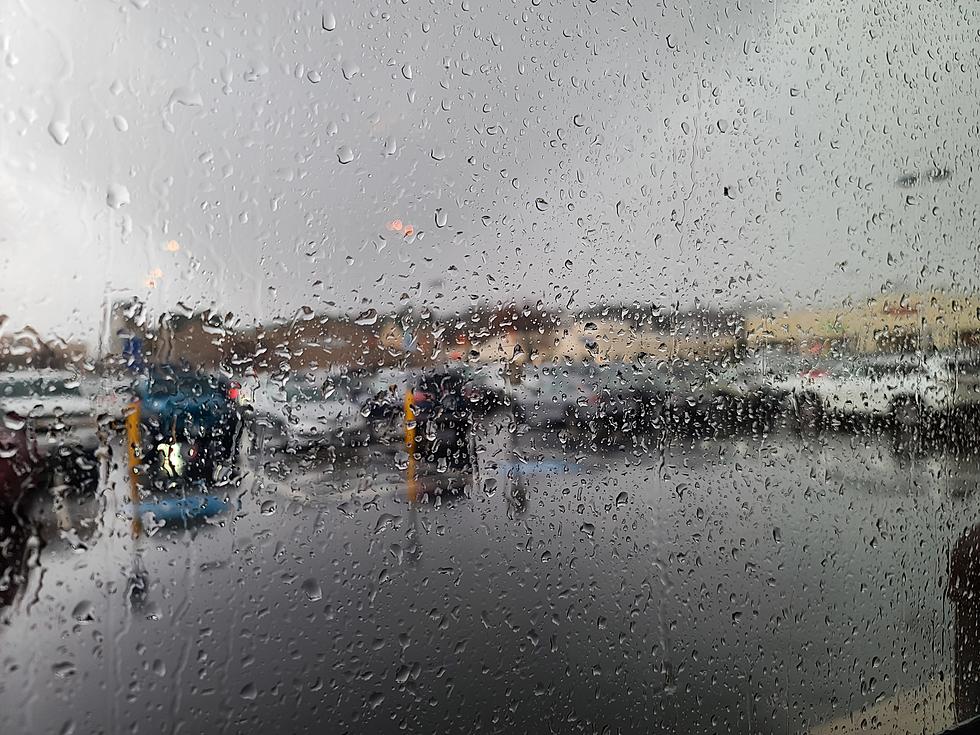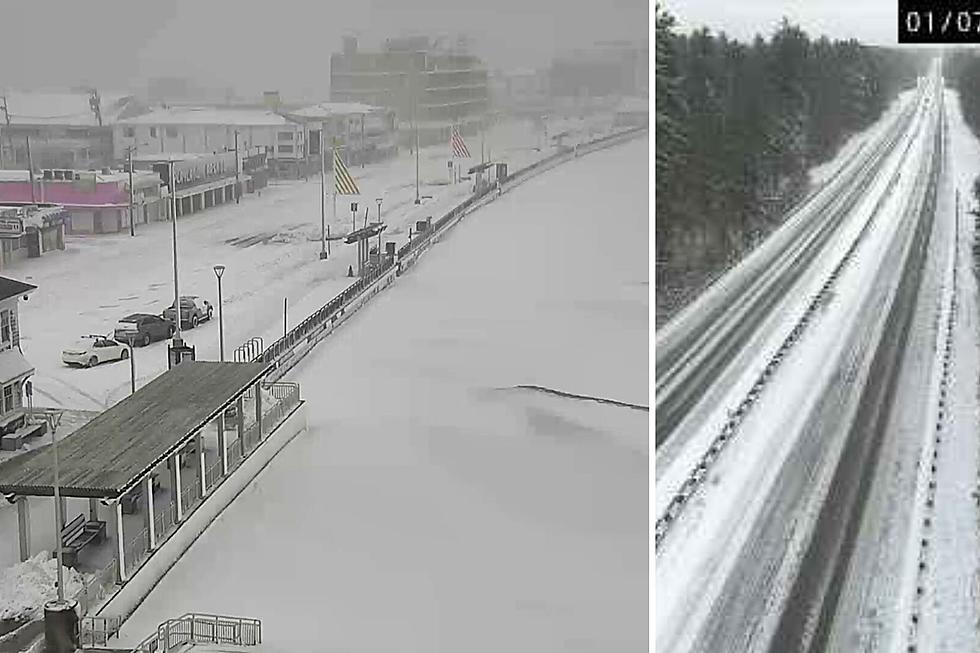
Water Restrictions End in Dover, NH But Conservation Still Needed
The city of Dover lifted its ban on outdoor water use Friday but asked for residents to still watch their use.
The U.S. Drought Monitor determined Dover and much of Strafford County was abnormally dry or in drought conditions for the past year when the ban was put into effect in June. At that point the city was running a precipitation deficit of over 10 inches.
Then came July which was one of the rainiest on record thanks to Tropical Storm Elsa which brought at least three inches of rain to the Seacoast. Water levels returned to near normal levels but the city kept the restrictions in place.
"We are being extremely cautious with the demands on our system," Joyal told the City Council earlier this month before the restrictions were lifted.
One reason was that the aquifer level at Pudding Hill was still low and is slow to recharge from such a large deficit, according to City Manager Michael Joyal.
"It takes time for that water to percolate through the ground and get to the aquifer," Joyal said.
The Pudding Hill aquifer was taken offline in 2019 and will remain so until a water treatment facility is built which is expected to happen in the next two years.
Residents and businesses are asked to continue watching their water use and to repair leaks. Suggestions from the city include:
- Fix leaks, including running toilets and drippy faucets
- Cutting back on shower times
- Only do full loads of laundry when necessary, and turning off the faucet while brushing teeth, doing dishes and washing hands.
- Replace old water fixtures and appliances that are wasting water
Contact reporter Dan Alexander at Dan.Alexander@townsquaremedia.com or via Twitter @DanAlexanderNH
LOOK: The most expensive weather and climate disasters in recent decades
More From Seacoast Current








